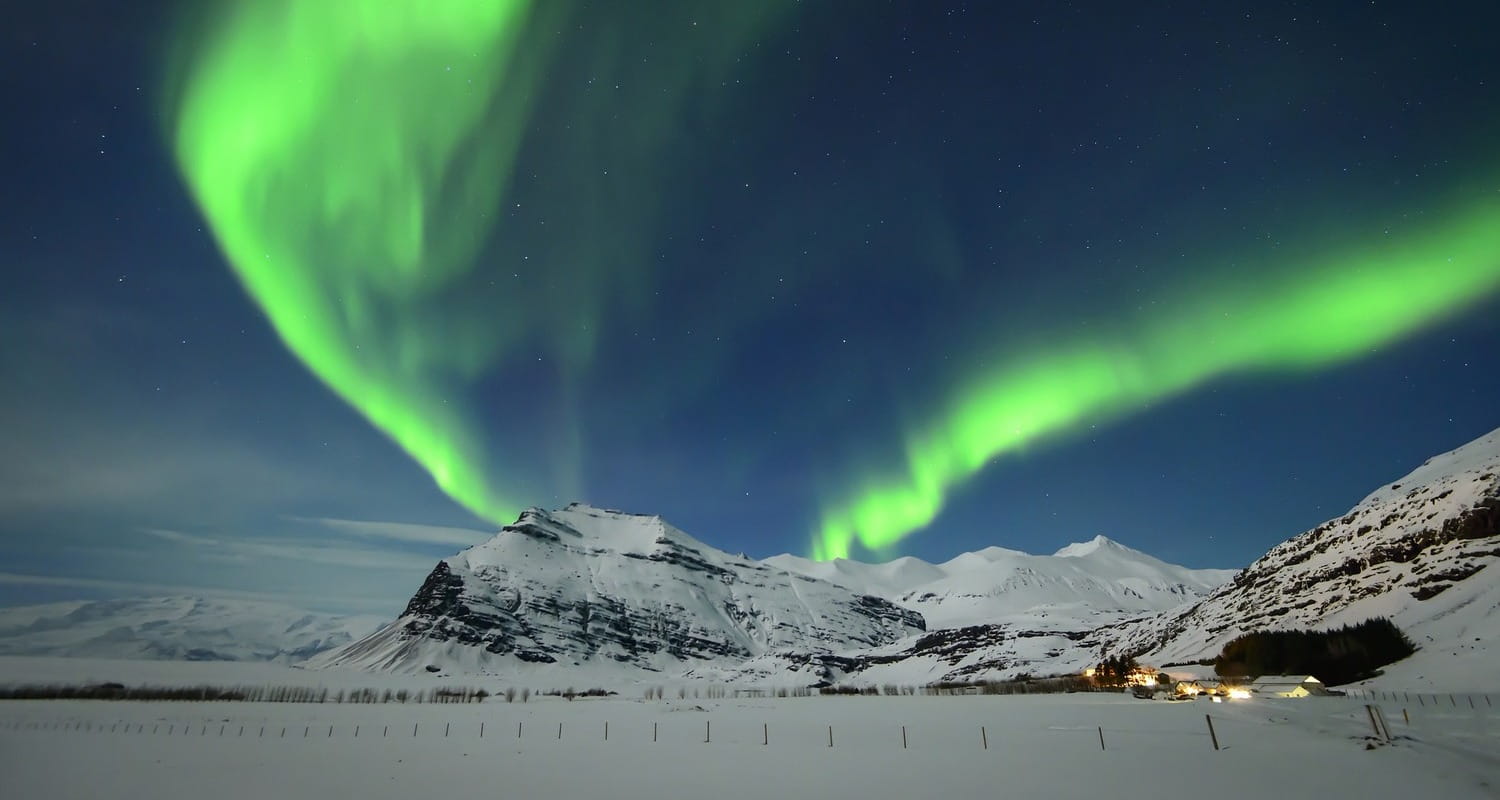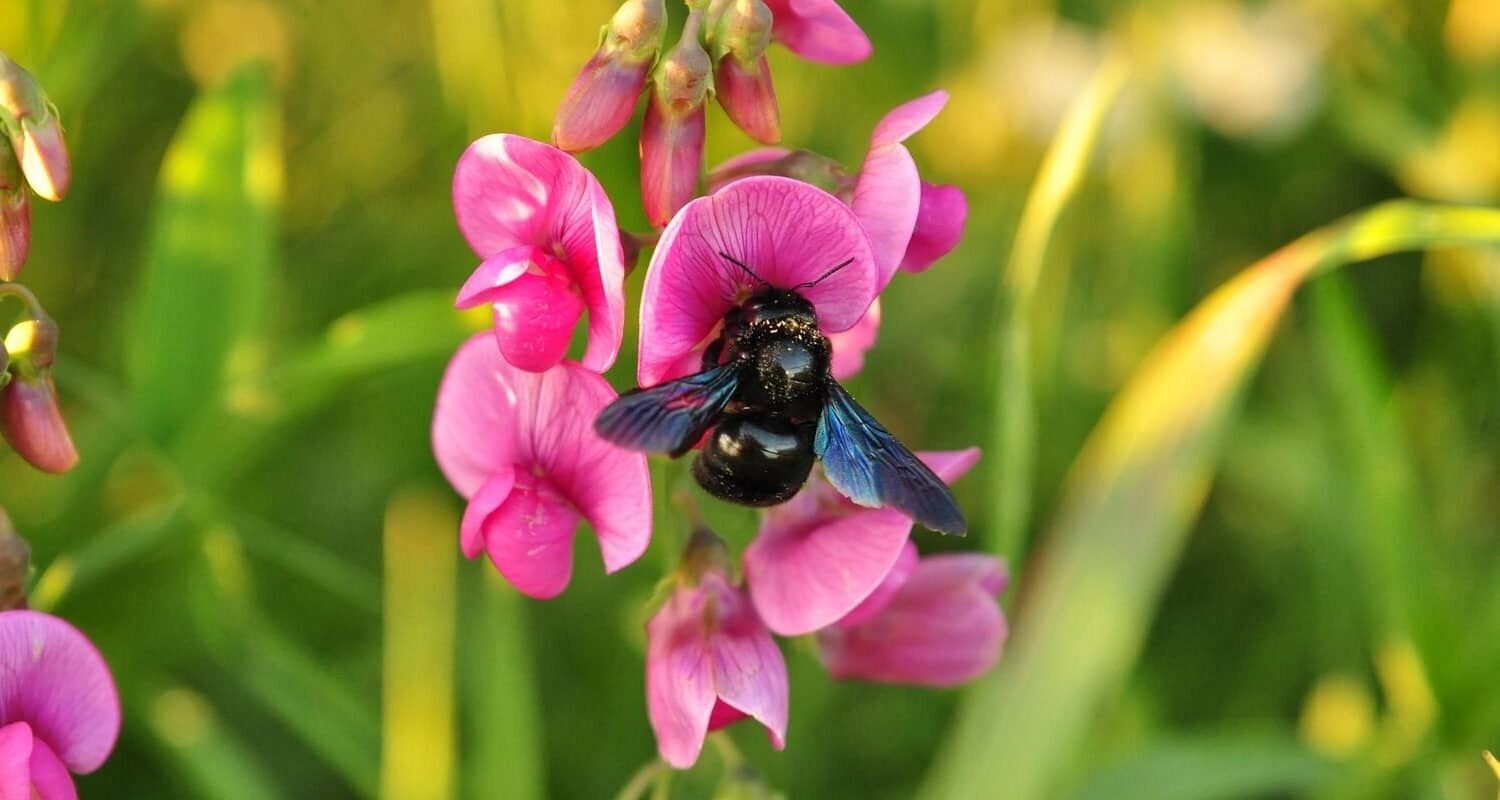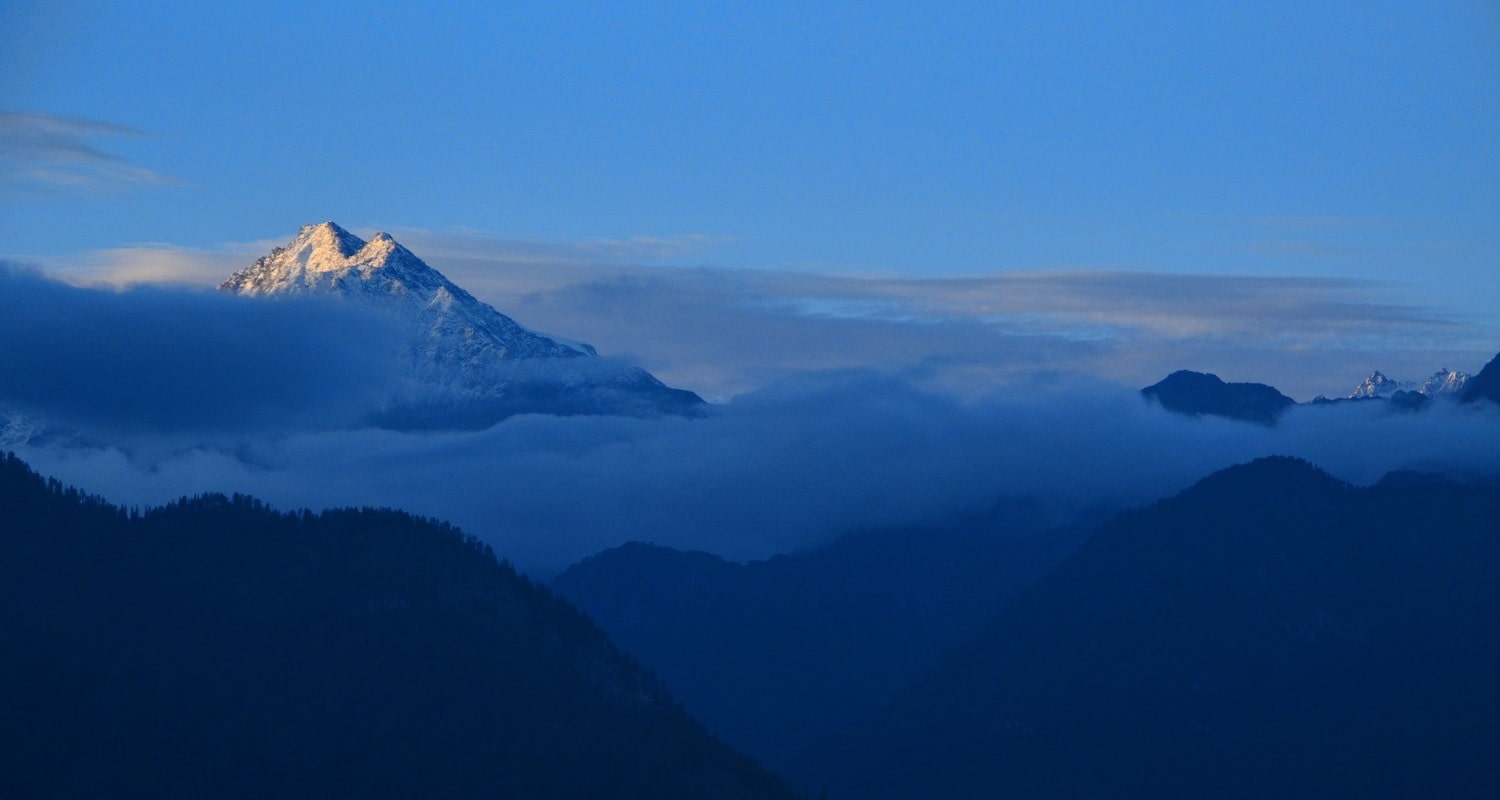Trees and their functions are vital to humans and animals. Many trees together form a forest, which immediately serves as a source of food and habitat for many species. With the expansion of human civilization, millions of hectares of forest have had to give way. Here are the 10 largest forests that have remained.
10. Sinharâja Forest Reserve in Sri Lanka
Established on 36,6 mi² (miles²), the reserve has a very dense vegetation. Several species can be observed such as monkeys and leopards. There are also snakes and more than 20 endemic species of birds can be observed. They compensate for their low numbers by moving between different bird families.
9. The Valdivian temperate forests in Chile
The southern part of the Chilean Alps is home to a set of forests classified by the WWF that are home to a high rate of endemic species. These are therefore particularly protected areas where the forest is very diverse: deciduous forests and neotropical eco-zones. Stretching over 96 mi², the Valdivian temperate forests offer hikers landscapes that are unique in the world.
8. The Chapada dos Veadeiros Park, Brazil
Stretching over 250 mi², the park is particularly known for its abundance of flora and fauna, which includes the maned wolf, a very rare specimen.
7. The Monteverde Cloud Forest in Costa Rica
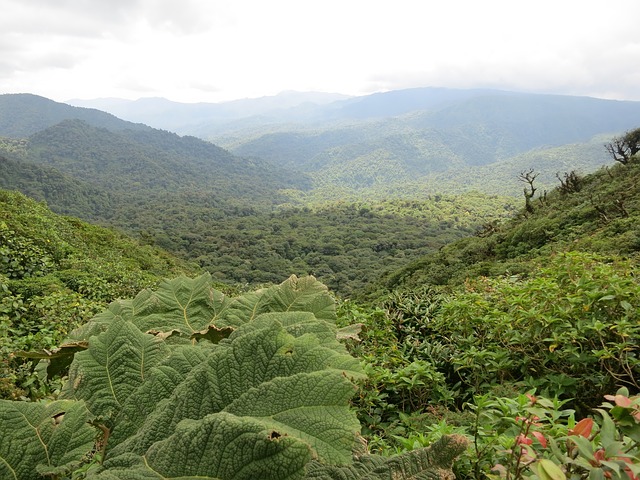
Monteverde is a forest massif that shelters an exceptional biodiversity. It is one of the tourist places in Costa Rica and the forest is unfortunately threatened by the avalanche of visitors.
6. Kinabalu National Park in Malaysia

At the western tip of Borneo, the park extends over 290 mi² on the edge of a mountainous massif. Mount Kinabalu thus rises to more than 2,5 miles. The park covers 4 different climate zones and is a home for carnivorous plants and orchids.
5. The Cloud Forest in Ecuador
Cloud forests are forests that are systematically covered by a blanket of mist. There are several of them in the world, but the one in Ecuador is particularly important. More than 1500 species of birds, as well as bears, pumas, and the whole toutim can be found there. In an atmosphere of forest film noir.
4. The Daintree Forest in Australia
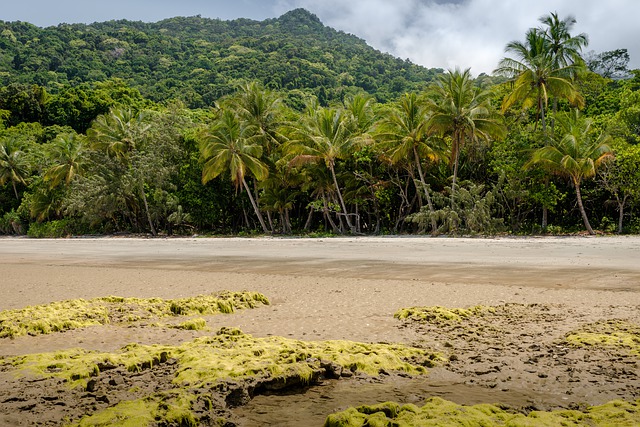
It is a tropical forest that is home to important biodiversity, including frogs, marsupials and bats.
3. The Congo Basin Forest
The forest of the Congo Basin covers 155 000 mi² and crosses Cameroon, the Central African Republic, the two Congo, Gabon and Equatorial Guinea. The forest suffers from massive deforestation, like the Amazon, which poses significant threats to its biodiversity.
2. Taiga
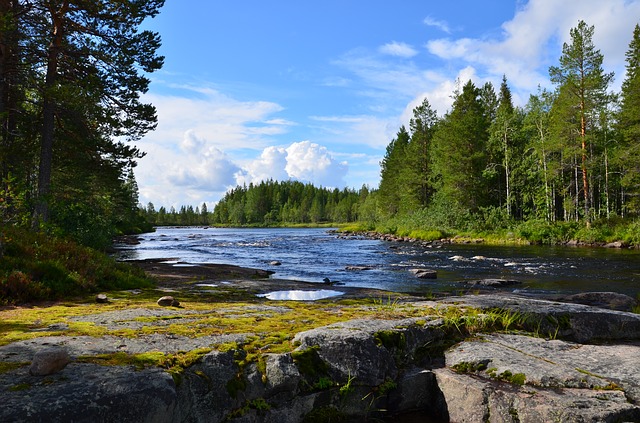
The Siberian boreal forests are gigantic. The taiga can be considered a forest because of its immense biodiversity of fauna and flora, even if it gives more in the shrub than in the tree.
1. The Amazon

193 000 mi², spread over many countries (Brazil, Peru, Ecuador, Venezuela, Colombia, Surinam, Guyana(s), and tutti quanti). In addition to being home to 10% of the world’s biodiversity as well as the largest watershed on the planet, this territory is home to 34 million people who still live mostly off the services rendered by an exceptional Amazonian nature.
See also :

